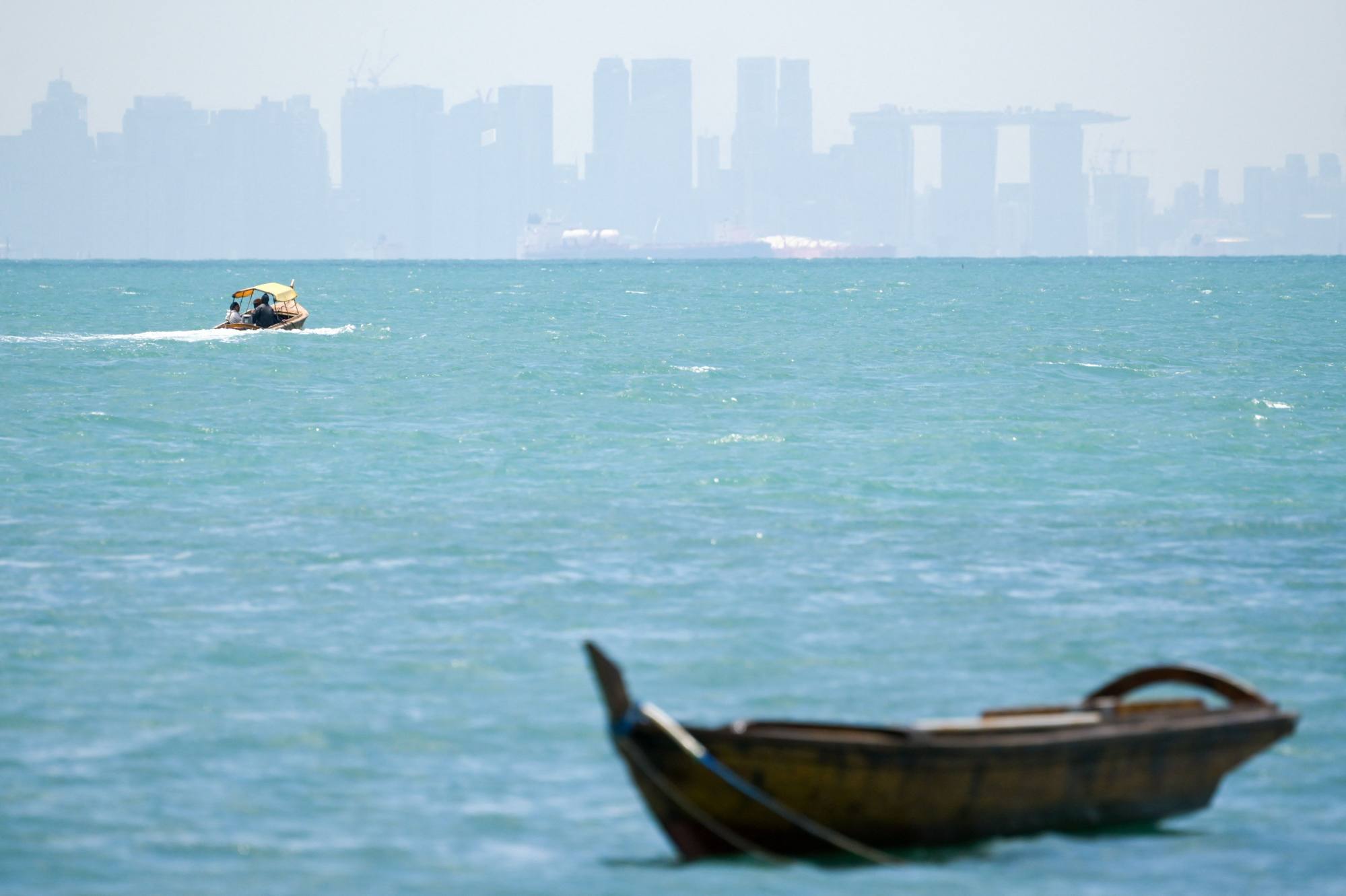
Singapore’s air quality worsens to ‘unhealthy’ levels amid Indonesia’s denial of causing haze
- Singapore ’s 24-hour PSI air pollution reading in the east of the island rose as high as 117, with a reading between 101 and 200 deemed ‘unhealthy’
- Seven Indonesian provinces have declared a state of emergency for land and forest fires, but the country denies haze from Indonesia had spread to other countries
Singapore said air quality in the centre and east of the island has reached “unhealthy” levels and warned that hazy conditions may be widespread due to forest fires in Indonesia, increasing tension in the region over cross-border air pollution that causes respiratory illness and can slash tourism revenue.

“Up until this morning, we have not detected any transboundary haze,” Laksmi Dewanti, director general of climate change control at the Ministry of Environment and Forestry, said at a press briefing. Satellite imagery on Saturday showed more than 7,700 hotspots – seven times the number recorded a year ago, she said.
Indonesia’s foreign ministry said earlier that Malaysia sent a letter to the environment and forestry ministry, describing the latest air quality situation and offering to cooperate on dealing with the forest fires if needed.
Environment Minister Siti Nurbaya said in a phone message that Indonesia has had a systematic prevention and management system in place for forest fires for the past eight years and that no cooperation was needed for now.
Director General of Environmental Law Enforcement Rasio Ridho Sani said the government has “sealed” 35 plantation areas belonging to Indonesian, Malaysian and Singaporean companies and may revoke permits for those found to be repeat offenders.

Clearing land by burning or failing to take precautions to prevent forest fires can lead to a fine of up to 10 billion rupiah (US$640,000), 10 years in prison or deduction of company profits.
Fires are typically worst at the height of the dry season in August and September, but in El Nino years rains are often delayed, allowing the burning to spread into October and beyond. Almost 3,000 hotspots were detected in Indonesia in mid-September, with Sumatra and the Indonesian part of Borneo island, called Kalimantan, accounting for more than two thirds, according to the National Disaster Mitigation Agency.
Indonesia’s weather bureau has said the wet season may be delayed this year until late October or November in Sumatra and Kalimantan, and even till December in some parts of the country.


